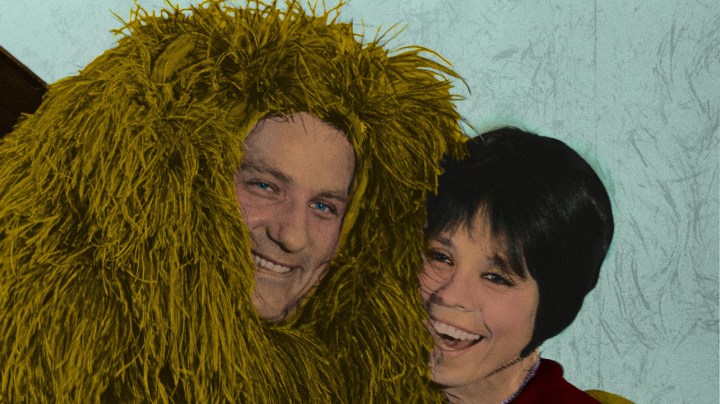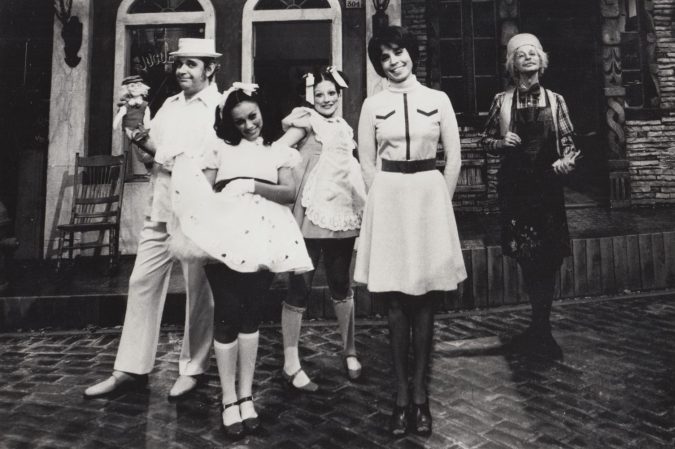In the 1970s, Aida Barrera’s Groundbreaking TV Show ‘Carrascolendas’ Represented Bicultural Latino Kids

'Carrascolendas' still courtesy of The University of Texas at Austin/Voces Oral History Project
In 1970, kids across the country were introduced to the tiny town of Carrascolendas. In this fictional city, Señorita Barrera, Agapito the lion, Berta the doll, and a whole cast of colorful characters performed skits and taught bilingual lessons, but more importantly, they created a space where Latino kids felt like they belonged.
The revolutionary TV show Carrascolendas, created by Aida Barrera, was one of the first nationwide bilingual programs for children in the U.S. Just two years after the passage of the Bilingual Education Act, Barrera capitalized on the newfound push for multilingual programming and pitched the show to executives at KLRN — the local PBS station which served Austin and San Antonio. Eventually, the show was broadcast across the country and pirated versions found their way to Latin America.
In May, KLRU and the Voces Oral History Project hosted a tribute to Barrera and the legendary show. With a handful of former cast members and a room full of fans attending the tribute, it’s obvious the show left behind a legacy of more than 40 years.
Voces founder and director Maggie Rivas-Rodriguez said she hoped the event, which took place in Austin, would honor Barrera and emphasize the impact of inclusive media. “This is bigger than Aida,” Rivas-Rodriguez said. “It’s about a moment where one woman helped open a lot of eyes to the Latino experience.” For so many Latino children, Saturday morning episodes of Carrascolendas were some of the only places they could go to see themselves on screen.
To this day, they’re still fielding questions from people on how to watch the episodes. KLRU general manager Bill Stotesbury, who introduced Barrera at the event, said her show was years before its time, paving the way for representation. “You cannot underestimate the power of seeing people who look like you and spoke like you,” Stotesbury said.

During an open-mic portion of the programming, former child actors and fans thanked Barrera for changing their lives and shared their memories of their time on set. Some told her about their decision to go into acting full-time, or how Carrascolendas inspired them to create shows of their own.
Graciela Rogerio, who played Cuca on the show, said Señorita Barrera was “the best teacher who taught us to do things that you didn’t even think you could do.”
Welcomed by a standing ovation, Barrera addressed the audience with the same level of grace and wisdom she built her career on decades ago.
Recapping the humble beginnings of her show, Barrera reminisced on the origins of its name. Carrascolendas, she said, was the name of her hometown in Texas, later renamed Rio Grande City. Her mother suggested it, and Barrera believed it conveyed the fanciful fairy-tale town she envisioned her show taking place in.
It was important, she said, that her show be able to transport kids to a place where their ideas mattered. In this way, teachers like herself could be activists. “Activism isn’t just changing policies,” Barrera said. “[Carrascolendas] was about [the] activism of the imagination. We appealed to children regardless of their background. We couldn’t give them food, or change their circumstances, but we could appeal to their imagination and say to that child, ‘Your world is limitless, if you look beyond you, you can aspire to other things.’ That was at the heart of what we wanted to do.”